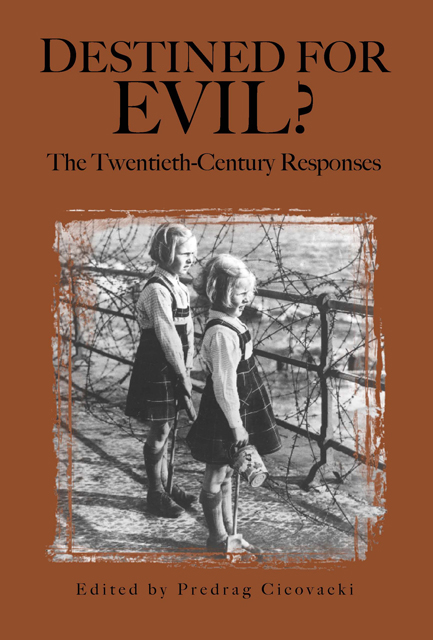Book contents
11 - Killing in Vietnam: What Have We Done to Our Soldiers?
Published online by Cambridge University Press: 17 March 2023
Summary
“NOBODY UNDERSTOOD”: AN INCIDENT IN A VFW HALL
As I conducted interviews for this study in a VFW hall in Florida in the summer of 1989, a Vietnam vet named Roger started talking about his experiences over a beer. It was still early in the afternoon, but down the bar an older woman already began to attack him. “You got no right to snivel about your little pish-ant war. World War Two was a real war. Were you even alive then? Huh? I lost a brother in World War Two.”
We tried to ignore her; she was only a local character. But finally Roger had had enough. He looked at her and calmly, coldly, said: “Have you ever had to kill anyone?”
“Well no!” she answered belligerently.
“Then what right have you got to tell me anything?”
There was a long, painful silence throughout the VFW hall, as would occur in a home where a guest had just witnessed an embarrassing family argument.
Then I asked quietly, “Roger, when you got pushed just now, you came back with the fact that you had to kill in Vietnam. Was that the worst of it for you?”
“Yah,” he said. “That's half of it.”
I waited for a very long time, but he didn't go on. He only stared into his beer. Finally I had to ask, “What was the other half?”
“The other half was that when we got home, nobody understood.”
WHAT HAPPENED OVER THERE, AND WHAT HAPPENED OVER HERE
As discussed earlier, there is a profound resistance to killing one's fellow man. In World War II, 75 to 80 percent of riflemen did not fire their weapons at an exposed enemy, even to save their lives and the lives of their friends. In previous wars nonfiring rates were similar.
In Vietnam the nonfiring rate was close to 5 percent.
The ability to increase this firing rate, though, comes with a hidden cost. Severe psychological trauma becomes a distinct possibility when psychological safeguards of such magnitude are overridden. Psychological conditioning was applied en masse to a body of soldiers, who, in previous wars, were shown to be unwilling or unable to engage in killing activities. When these soldiers, already inwardly shaken by their inner killing experiences, returned to be condemned and attacked by their own nation, the result was often further psychological trauma and long-term psychic damage.
- Type
- Chapter
- Information
- Destined for Evil?The Twentieth-Century Responses, pp. 155 - 164Publisher: Boydell & BrewerPrint publication year: 2005



